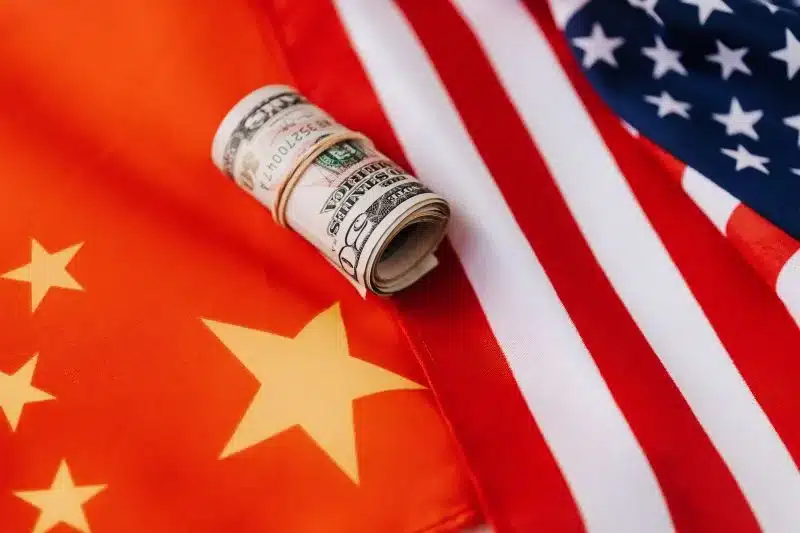China has approved a 6 trillion yuan ($839 billion USD) municipal debt refinancing program as part of measures to support its economy which is dealing with slowdown and new threats from Donald Trump’s re-election as US President.
In the third quarter, the Chinese economy grew by 4.6%, marking its weakest performance since last March. This has raised questions regarding Beijing’s ability to achieve its target growth rate of around 5% for the year. This prompted policy makers to adopt a more stimulative approach, including interest rate cuts and support for equity and real estate markets.
The announcement of China’s measures led to a historical rise in the Chinese stock market in September. Global banks, including Goldman Sachs, raised their economic growth forecasts for China. However, Trump’s re-election and news of new tariffs led to calls for further strengthening of domestic demand to offset potential declines in exports.
The debt refinancing program aims to reduce the financial burdens of local governments, lower debt service costs, and limit insolvency risks. These initiatives could help local governments regain financial stability, making it possible for them to support local economic projects and infrastructure investments, especially crucial during a period of GDP growth slowdown. Facing risks of export declines due to US tariff policies among others, China is also focusing on boosting domestic demand. Stimulus measures, such as real estate market support and interest rate cuts, aim to increase consumption and investment, potentially mitigating the effects of potential export declines.
In terms of structural reforms, transforming “hidden debt” into official bonds is a step toward greater financial transparency and risk reduction. These changes should facilitate market analysis for investors and could increase trust, especially if the reforms produce concrete, positive outcomes.
Meanwhile, in the United States, the Federal Reserve Chairman announced that he would not step down even under potential political pressure following Trump’s re-election. He emphasized that Trump doesn’t have the legal authority to fire or demote him or other senior Fed officials. He highlighted that the independence of the Fed is crucial, and he plans to serve his full term to 2026.
Maintaining the Fed’s independence under Powell’s leadership is essential for the stability of the U.S. economy. This will ensure the Fed’s ability to conduct monetary policy independently of political pressure, giving it more flexibility to respond to changing economic conditions. This would favor financial stability and inflation control in the long term. The Fed announced another interest rate cut, with the option of further reductions if the economy allows for it. The cuts could stimulate consumption and investment, though their extent will be limited if high inflation persists.
Possible tensions between the Trump administration and the Fed could affect financial markets. Trump’s desire for greater control over the Fed may spark conflict and increase uncertainty among investors. Under Powell’s leadership, the Fed aims to resist political pressure, thereby reinforcing its role as the guardian of macroeconomic stability.
U.S. trade policies could also have a significant impact on China. Potential new tariffs imposed by the U.S. could weaken Chinese exports, affecting China’s economic growth. In response, China might seek to further strengthen domestic demand to offset potential foreign market losses. In addition, the Fed’s interest rate policy has a global impact, including on the Chinese economy. Interest rate cuts in the U.S. could weaken the dollar, strengthening the yuan, which could undermine the competitiveness of Chinese exports.
Both the American and Chinese economies exert considerable influence on the stability of global financial markets. Political turbulence surrounding the Fed, as well as structural changes in China’s financial system, are watched closely by global investors. How these processes are interpreted can affect global investment sentiment, impacting global capital liquidity and investment decisions. The U.S. and China are adopting varied measures to protect their economies from slowing down and to limit the influence of domestic and foreign policies. This suggests that 2025 could see significant market volatility.
OANDA TMS Brokers S.A.
Source: https://ceo.com.pl/chiny-refinansuja-dlug-samorzadowy-na-6-bilionow-juanow-w-obliczu-spowolnienia-i-ryzyk-handlowych-52787
